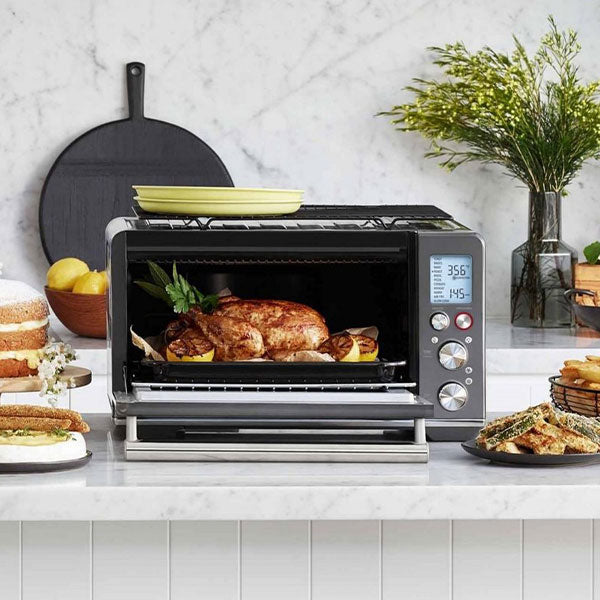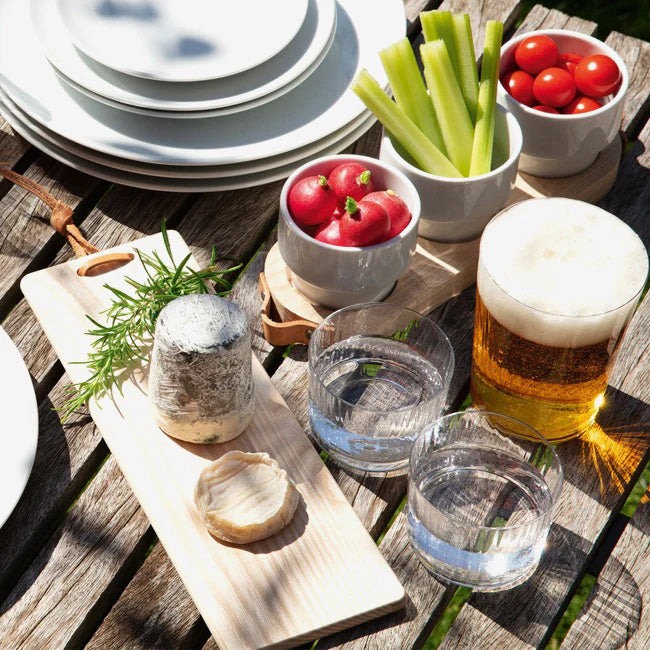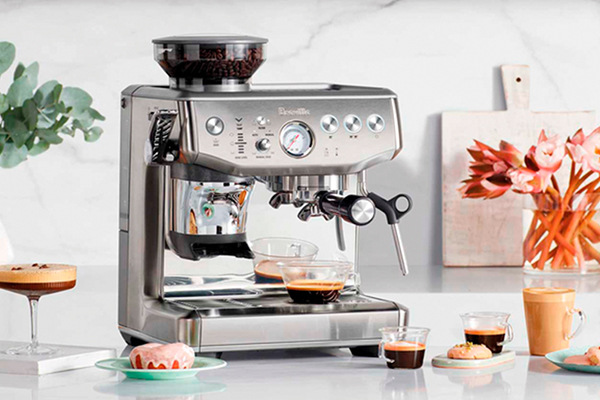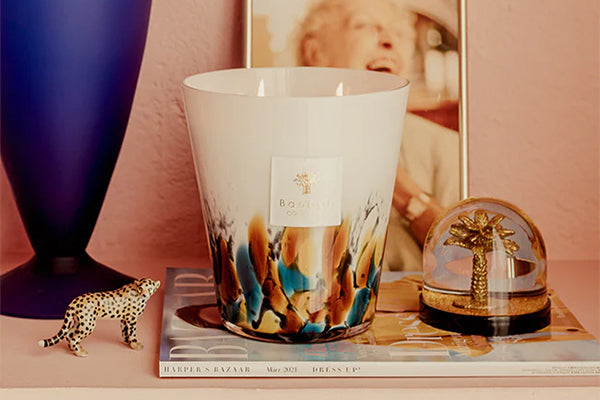Silver is a living metal. It’s the only precious metal that reacts to being used or not. Silver cutlery can react to one´s body and foods´ temperature; it can quickly warm-up to the touch when handled. The tips of the tines may slightly tarnish when eating certain foods, for example, potatoes, eggs, onions, or any other sulfur-rich foods.
You may also have noticed that when you don´t use your silverware and let it sit in a drawer for any length of time, it becomes angry with no use and turns black.
To keep valuable silver happy and in perfect condition, I recommend using silver daily because it is the best practice against tarnishing. Daily silver use followed by conventional cleaning or dish-washer cleaning will reduce the otherwise necessary silver care to a minimum.
In addition, it is best to keep silver cutlery away from air and light when only using it occasionally for special events. Ideally, silver is best stored when wrapped in acid-free white tissue paper and vacuum-sealed in plastic. Alternatively, silver can also be stored it in anti-tarnishing felt pouches (Fig. 1). This way, the rarely used silver will stay beautiful over longer periods of time, without the need for polishing.
(Fig. 1) Robbe & Berking anti-tarnishing felt pouches for storage.
Hollowware, such as candlesticks, bowls, vases, and other decorative items, when exposed to air will tarnish due to oxidation. As a result, they must be polished in regular intervals of about 4 – 6 months, depending on the exposure to air, light and humidity.
Polishing flatware and hollowware can be easily and quickly managed with the following ingredients:
A suitable silver care product, such as
Robbe & Berking’s silver foam or silver polish (Fig. 2 and fig. 3), some water and a soft cotton cloth.
Place some of the silver polish onto the cotton cloth and rub the silver with it until it shines again. Then run the silver under hot water and dry it with another soft cotton cloth.
(Fig. 2&3) Robbe & Berking silver polish paste and liquid.
Using a silver polishing cloth that is already impregnated with a cleaning agent (such as
Robbe & Berking’s polishing cloth, fig. 4) serves for a quick and easy polish of the fork tines from time to time.
Not all silverware is dishwasher safe.
Robbe & Berking flatware is dishwasher safe according to the international standard RAL-RG 604.
RAL registrations are quality-enhancing, technical testing standards or other classification regulations for products and services worldwide. Robbe & Berking silver can be placed into any dishwasher because of the exceptional quality of the sterling silver and silver-plating as well as the superior molybdenum-vanadium steel used for knife blades.
(Fig. 4) Robbe & Berking silver polishing mitt for a light quick polish.
Some dishwasher detergents are extremely acidic and may cause a discoloration or stains on the cutlery. In this case, it is a sign to change the dishwasher detergent to a milder one, one with less acidity. I recommend using a PH-neutral detergent to avoid discoloring. The best option is a detergent with a PH-value of 7. Try products by Seventh Generation, Ecover or Dishmate.
You may read more about silver care on Robbe & Berking´s website
Here!

Karolina Stefanski, Ph.D.
Photography by David Cluett
Dr. Karolina Stefanski is an art historian specializing in table culture and silver. At Robbe & Berking, Dr. Stefanski holds the silver and yacht ambassadorship for the territories north and south America, Canada, Mexico, Switzerland, Austria, Belgium and Luxembourg. Dr. Stefanski advises clients on the subjects of silverware and historically signifcant silver collections. She also researches and writes for academic journals and lifestyle publications. She has studied in Boston and Warsaw, Paris and Berlin, earning her master's degree from the Institut National d'Histoire de l'Art (INHA, Paris-Sorbonne) and her doctorate degree from the Technical University of Berlin. Her dissertation examines the influence of the French Empire style on silver from Berlin, Warsaw, and Vienna between the years of 1797 and 1848.



 Karolina Stefanski, Ph.D.
Karolina Stefanski, Ph.D.



























Congratulations for your great work!
Leave a comment